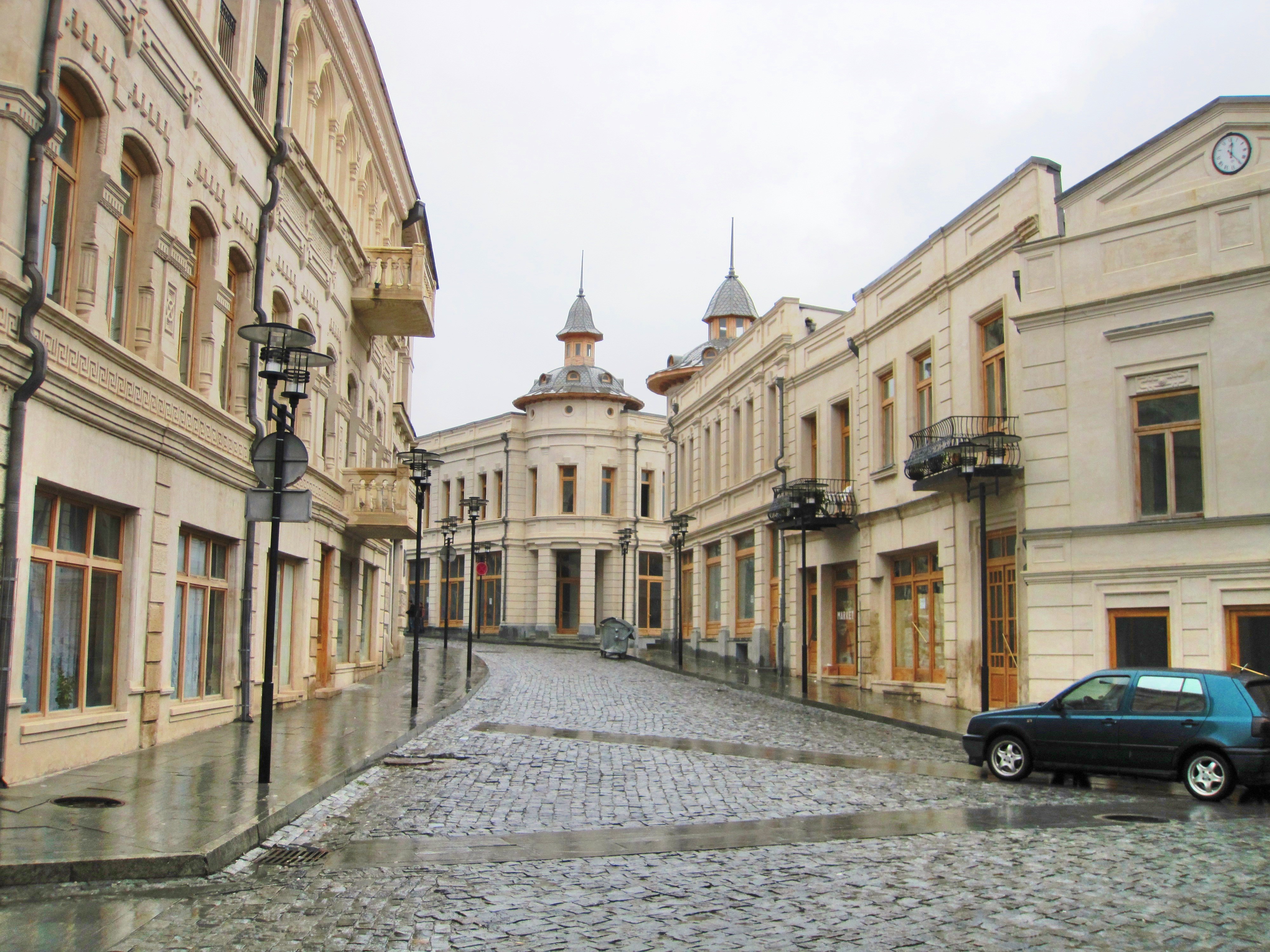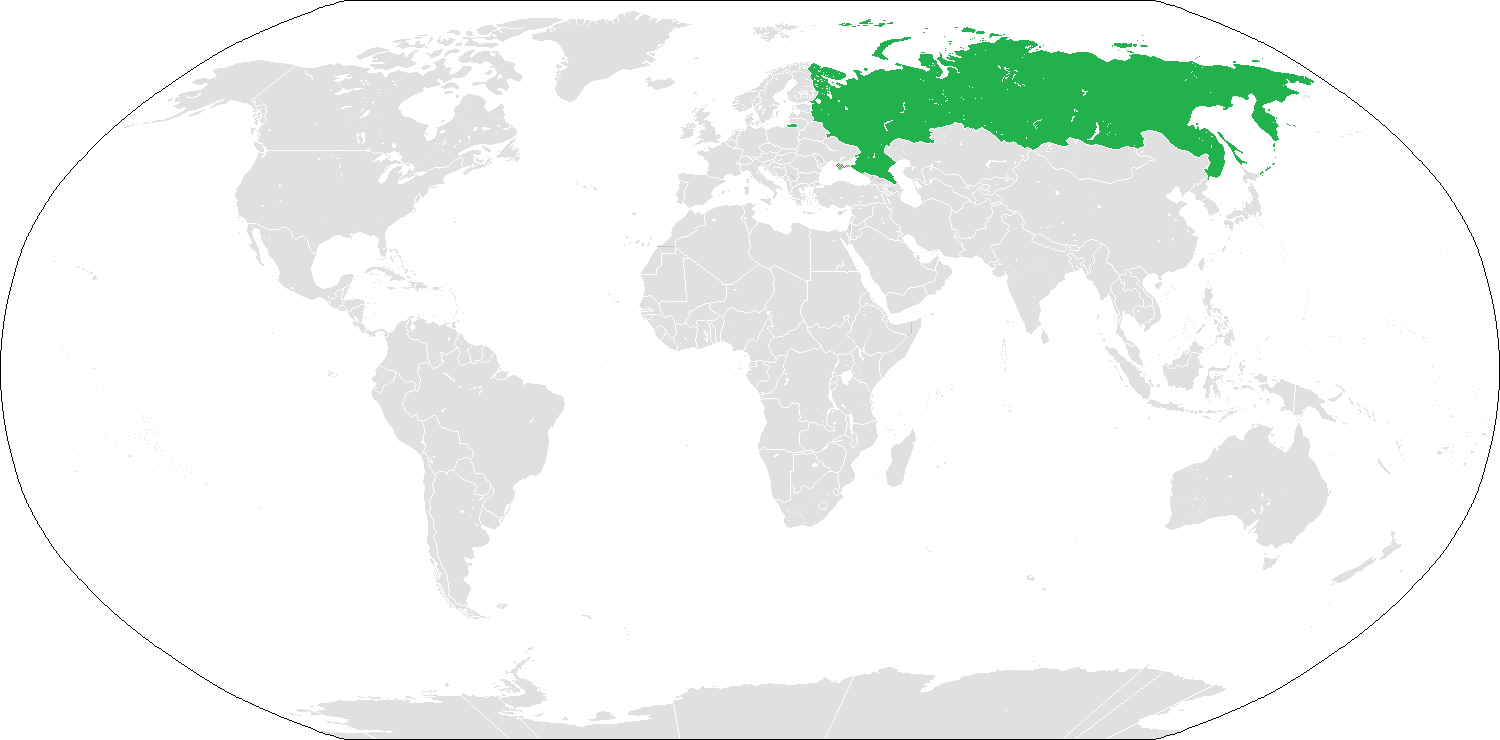|
Selenochlamys Pallida
''Selenochlamys pallida'' is a species of predatory air-breathing land slug. It is a shell-less pulmonate gastropod mollusc in the family Oxychilidae. ''Selenochlamys pallida'' is the type species of the genus ''Selenochlamys''. Distribution The distribution of ''Selenochlamys pallida'' includes: * Western Georgia * Abkhazia * South of Maykop, Russia * Northern Turkey ( Vilayets Samsum, Çoruh) The type locality is Kutaisi, Georgia. Description The size of preserved specimens is 13–18 mm. Live individuals are larger. Ecology ''Selenochlamys pallida'' is found in Turkey. It lives under stones or in moss, in mountains that have deciduous forests. References This article incorporates public domain text from the reference."Species summary for ''Selenochlamys pallida'' ... [...More Info...] [...Related Items...] OR: [Wikipedia] [Google] [Baidu] |
Oskar Boettger
Oskar Boettger (; 31 March 1844 – 25 September 1910) was a German zoologist who was a native of Frankfurt am Main. He was an uncle of the noted malacologist Caesar Rudolf Boettger (1888–1976). From 1863 to 1866 he studied at the Bergakademie Freiberg, then worked for a year in a chemical factory in Frankfurt am Main."Boettger, Oskar" p. 410. In: (1955). ''Neue Deutsche Biographie (NDB). Band 2''. Berlin: Duncker & Humblot. . (in German). In 1869 he received his doctorate from the University of Würzburg. The following year (1870), he became a paleontologist at the Senckenberg Museum in Frankfurt, where in 1875 he became the curator of the museum's department of herpetology. He is credited for making Senckenberg's herpetological collection among the best in Europe. Boettger had agoraphobia and rarely left home, never setting fo ... [...More Info...] [...Related Items...] OR: [Wikipedia] [Google] [Baidu] |
List Of Non-marine Molluscs Of Abkhazia
A list is a set of discrete items of information collected and set forth in some format for utility, entertainment, or other purposes. A list may be memorialized in any number of ways, including existing only in the mind of the list-maker, but lists are frequently written down on paper, or maintained electronically. Lists are "most frequently a tool", and "one does not ''read'' but only ''uses'' a list: one looks up the relevant information in it, but usually does not need to deal with it as a whole".Lucie Doležalová,The Potential and Limitations of Studying Lists, in Lucie Doležalová, ed., ''The Charm of a List: From the Sumerians to Computerised Data Processing'' (2009). Purpose It has been observed that, with a few exceptions, "the scholarship on lists remains fragmented". David Wallechinsky, a co-author of '' The Book of Lists'', described the attraction of lists as being "because we live in an era of overstimulation, especially in terms of information, and lists help us ... [...More Info...] [...Related Items...] OR: [Wikipedia] [Google] [Baidu] |
Kutaisi
Kutaisi ( ; ka, ქუთაისი ) is a city in the Imereti region of the Georgia (country), Republic of Georgia. One of the List of oldest continuously inhabited cities, oldest continuously inhabited cities in the world, it is the List of cities and towns in Georgia (country), fourth-most populous city in Georgia after Tbilisi, Batumi and Rustavi. It lies west of Tbilisi, on the Rioni River, and is the capital of Imereti. Historically one of the major cities of Georgia, it served as the political center of Colchis in the Middle Ages as the capital of the Kingdom of Abkhazia and Kingdom of Georgia and later as the capital of the Kingdom of Imereti. From October 2012 to December 2018, Kutaisi was the seat of the Parliament of Georgia as an effort to decentralize the Georgian government. History Archaeological evidence indicates that the city functioned as the capital of the Colchis in the sixth to fifth centuries BC. It is believed that, in ''Argonautica'', a Greek litera ... [...More Info...] [...Related Items...] OR: [Wikipedia] [Google] [Baidu] |
Type Locality (biology)
In biology, a type is a particular wikt:en:specimen, specimen (or in some cases a group of specimens) of an organism to which the scientific name of that organism is formally associated. In other words, a type is an example that serves to anchor or centralizes the defining features of that particular taxon. In older usage (pre-1900 in botany), a type was a taxon rather than a specimen. A taxon is a scientifically named grouping of organisms with other like organisms, a set (mathematics), set that includes some organisms and excludes others, based on a detailed published description (for example a species description) and on the provision of type material, which is usually available to scientists for examination in a major museum research collection, or similar institution. Type specimen According to a precise set of rules laid down in the International Code of Zoological Nomenclature (ICZN) and the ''International Code of Nomenclature for algae, fungi, and plants'' (ICN), the ... [...More Info...] [...Related Items...] OR: [Wikipedia] [Google] [Baidu] |
Çoruh
The Chorokh ( ka, ჭოროხი ''Ch'orokhi'' , , ''Chorokh'', , , ''Akampsis'') is a river that rises in the Mescit Mountains in north-eastern Turkey, flows through the cities of Bayburt, İspir, Yusufeli, and Artvin, along the Kelkit-Çoruh Fault, before flowing into Georgia, where it reaches the Black Sea just south of Batumi and a few kilometers north of the Turkish-Georgian border. In Arrian's '' Periplus Ponti Euxini'', it is called the ''Acampsis'' (); Pliny may have confused it with the ''Bathys''. Procopius writes that it was called Acampsis because it was impossible to force a way through it after it has entered the sea, since it discharges its stream with such force and swiftness, causing a great disturbance of the water before it, that it goes out for a very great distance into the sea and makes it impossible to coast along at that point. In English, it was formerly known as the Boas, the Churuk, or the Chorokh. Biodiversity The Ch'orokhi valley lies wit ... [...More Info...] [...Related Items...] OR: [Wikipedia] [Google] [Baidu] |
Vilayets Samsum
A vilayet (, "province"), also known by various other names, was a first-order administrative division of the later Ottoman Empire. It was introduced in the Vilayet Law of 21 January 1867, part of the Tanzimat reform movement initiated by the Ottoman Reform Edict of 1856. The Danube Vilayet had been specially formed in 1864 as an experiment under the leading reformer Midhat Pasha. The Vilayet Law expanded its use, but it was not until 1884 that it was applied to all of the empire's provinces. Writing for the ''Encyclopaedia Britannica'' in 1911, Vincent Henry Penalver Caillard claimed that the reform had intended to provide the provinces with greater amounts of local self-government but in fact had the effect of centralizing more power with the sultan and local Muslims at the expense of other communities. Names The Ottoman Turkish ''vilayet'' () was a loanword borrowed from Arabic ''wilāya'' (), an abstract noun formed from the verb ''waliya'' (, "to administer"). In Ar ... [...More Info...] [...Related Items...] OR: [Wikipedia] [Google] [Baidu] |
List Of Non-marine Molluscs Of Turkey
The non-marine molluscs of the country of Turkey are a part of the molluscan fauna of Turkey. The biodiversity of non-marine molluscs of Turkey is richer than in surrounding European states.Şereflişan H., Yildirim M. Z. & Şereflişan M. (2009). "The gastropod fauna and their abundance, and some physicochemical parameters of Gölbaşı lake, Adıyaman, Lake Gölbaşı (Hatay, Turkey)". ''Turkish Journal of Zoology'' 33(3): 287-296abstractPDF There are at least 825 species of non-marine Mollusca, molluscs living in the wild in Turkey. An approximate guess to the total number, however, is of about 1030 non-marine molluscs in Turkey (see the table below). There are a total of 825 species of Gastropoda, gastropods, which breaks down to 95 (counted 80 "Prosobranchia" only and at least 15 other freshwater snails from this list) taxa of freshwater gastropods (including brackish water species),Yildirim M. Z., Koca S. B. & Kebapçi U. (2006). "Supplement to the Prosobranchia (Mollusca: ... [...More Info...] [...Related Items...] OR: [Wikipedia] [Google] [Baidu] |
List Of Non-marine Molluscs Of Russia
The non-marine molluscs of Russia are a part of the molluscan fauna of Russia. A number of species of non-marine molluscs are found in the wild in Russia. Freshwater gastropods Valvatidae * '' Cincinna (Sibirovalvata) aliena'' (Westerlund, 1877)M. V. Vinarski & A. V. Karimov (2015). "Aquatic snails (Gastropoda) of the “Malaya Sos’va” Nature Reserve (Western Siberia)". Ruthenica 25(2): 25-35. * '' Cincinna (Sibirovalvata) confusa'' (Westerlund, 1897) * '' Cincinna (Sibirovalvata) sibirica'' (Middendorff, 1851) Lymnaeidae * '' Galba (Galba) truncatula'' (O. F. Müller, 1774) * '' Lymnaea (Lymnaea) stagnalis'' (Linnaeus, 1758) * '' Radix (Peregriana) balthica'' (Linnaeus, 1758) * '' Radix (Peregriana) dolgini'' (Gundrizer et Starobogatov, 1979) * '' Radix (Peregriana) intermedia'' (Lamarck, 1822) * '' Radix (Peregriana) peregra'' (O. F. Müller, 1774) * '' Stagnicola (Stagnicola) ventricosella'' (B. Dybowski, 1913) Physidae * '' Aplexa hypnorum'' (Linnaeus, 1758) Plan ... [...More Info...] [...Related Items...] OR: [Wikipedia] [Google] [Baidu] |
Maykop
Maykop is the capital city of Adygea, Russia, located on the right bank of the Belaya River. It borders Maykopsky District, from which it is administratively and municipally independent, to the east and south; Giaginsky District to the north, and Belorechensky District of Krasnodar Krai to the west. Population: History The city gave its name to the early Bronze Age Maykop culture after the discovery of a royal burial site there in 1897. Following the establishment of a military camp in 1825, the Imperial Russian Army built a military fort at Maykop in 1857. In 1910 oil deposits were discovered in the vicinity of Maykop. The city was the administrative center of the Maykopsky Otdel of the Kuban Oblast. In 1936, Maykop and the surrounding region merged with Adyghe Autonomous Oblast and became the administrative centre of the autonomy. The Wehrmacht occupied Maykop on 10 August 1942 without a fight as a result of a Brandenburger commando operation. German attempts to re- ... [...More Info...] [...Related Items...] OR: [Wikipedia] [Google] [Baidu] |
List Of Non-marine Molluscs Of Georgia (country)
The non-marine molluscs of the country of Georgia are a part of the molluscan fauna of Georgia. ;Summary table of number of species Georgia lies in the Caucasus ecoregion, that is a biodiversity hotspot. Georgia has majority of Caucasian endemic species of gastropods. Freshwater gastropods Lymnaeidae * ''Lymnaea stagnalis'' (Linnaeus, 1758)Ani Bikashvili, Nino Kachlishvili, Levan Mumladze (2021). "Species diversity and distribution of freshwater molluscs of Javakheti Highlands (Republic of Georgia)". Biodiversity Data Journal 9: e66649. * '' Galba truncatula'' (O. F. Müller, 1774) * '' Stagnicola palustris'' (O. F. Müller, 1774) * '' Ampullaceana lagotis'' (Schrank, 1803) * '' Radix auricularia'' (Linnaeus, 1758) * ''Peregriana peregra'' (O. F. Müller, 1774) Physidae * '' Aplexa hypnorum'' (Linnaeus, 1758) Planorbidae * '' Planorbis planorbis'' (Linnaeus, 1758) * '' Planorbis intermixtus'' Mousson, 1874 * '' Armiger crista'' (Linnaeus, 1758) * '' Anisus leucostoma'' (Mil ... [...More Info...] [...Related Items...] OR: [Wikipedia] [Google] [Baidu] |
Type Species
In International_Code_of_Zoological_Nomenclature, zoological nomenclature, a type species (''species typica'') is the species name with which the name of a genus or subgenus is considered to be permanently taxonomically associated, i.e., the species that contains the biological Type (biology), type wiktionary:en:specimen, specimen (or specimens). Article 67.1 A similar concept is used for suprageneric groups and called a type genus. In botanical nomenclature, these terms have no formal standing under the International Code of Nomenclature for algae, fungi, and plants, code of nomenclature, but are sometimes borrowed from zoological nomenclature. In botany, the type of a genus name is a specimen (or, rarely, an illustration) which is also the type of a species name. The species name with that type can also be referred to as the type of the genus name. Names of genus and family ranks, the various subdivisions of those ranks, and some higher-rank names based on genus names, have suc ... [...More Info...] [...Related Items...] OR: [Wikipedia] [Google] [Baidu] |



